How to Create an NFT that Sells - A Beginner`s Guide
Learn how to create an NFT in this comprehensive guide for beginners. Discover the key steps and tips to succeed in the NFT market.
May 3, 2023

Non-fungible tokens (NFTs) have revolutionized the world of digital assets, providing a new and exciting way for artists and creators to monetize their work. In this comprehensive guide, we will walk you through the process of creating an NFT that stands out from the crowd and sells successfully. Whether you're an artist looking to showcase your talent or someone curious about this emerging technology, this guide is your key to success. Let's dive in!
What is an NFT and How to create one?
Before we delve into the creation process, let's quickly grasp the concept of NFTs. Non-Fungible Tokens are unique digital assets stored on a blockchain, giving them inherent value and authenticity. NFTs can represent anything from artwork, music, videos, tweets, and even memes. Creating an NFT can be a lucrative endeavor for artists and creators but can also be intimidating for those new to the technology.
5 Tips for Creating an NFT that Sells
Now, let's explore the crucial steps to create an NFT that captures attention and sells like hotcakes.
1. Quality Matters: Crafting Unique and Exquisite Assets
When it comes to creating an NFT, quality is paramount. Just like physical art, your digital asset should be of exceptional quality and possess a unique appeal. Dedicate time and effort to create something special that will captivate potential buyers. Remember, the better the quality, the higher the perceived value of your NFT.
2. Tell a Story: Adding Depth and Authenticity
To make your NFT stand out in a sea of options, infuse it with a compelling backstory or message. Authenticity and storytelling are crucial elements that resonate with buyers. Craft a narrative that connects with the emotions and experiences of your target audience. A well-crafted story can elevate the value of your NFT and create a stronger bond with buyers.
3. Engage with the NFT Community: Building Connections and Awareness
NFT marketplaces thrive on community engagement, so it's vital to participate and connect with fellow artists and collectors actively. Join forums, attend events, and network with creators to build a following and gain visibility within the NFT ecosystem. Engaging with the community helps you learn from others, opens up collaboration opportunities, and expands your reach.
4. Consider Fractional Ownership: Widening the Buyer Pool
Fractional ownership is a game-changer in the world of NFTs. Allowing multiple buyers to own a percentage of an NFT makes it more accessible to a broader audience. Consider offering fractional ownership options to attract a larger pool of buyers. This inclusivity can create a sense of community and shared ownership, driving demand for your NFT.
5. Be Transparent: Clear Rights and Details
Transparency is vital when creating an NFT. Ensure you communicate ownership rights, royalties, and other pertinent details about your NFT. Avoid any potential confusion or disputes by providing comprehensive information upfront. Buyers value transparency, fostering trust and credibility in the NFT market.
The NFT Creation Process: Step-by-Step Guide
Now that we've covered the essential tips for creating a successful NFT, let's dive into the step-by-step process of bringing your NFT to life.
Step 1: Determine your Creation
NFTs are commonly associated with digital art, such as an image, audio production (like a song), or even a short video clip (like an animated GIF). The idea is to produce a distinctive piece of digital media that can be sold, similar to the sale of a painting at an art gallery. NFTs offer value to creators by being one-of-a-kind, something that cannot be owned by anyone else. Verifying that you have the rightful ownership of the digital media you are using is crucial, as generating an NFT from media you don't own could result in legal consequences.
Step 2: Choose an NFT Platform
Selecting the right NFT platform is crucial for a smooth and successful NFT creation journey. Here are a few popular platforms to consider:
- AirNFTs: AirNFTs is a versatile multichain NFT marketplace supporting blockchains such as Ethereum, Binance Chain, Polygon, and Fantom. It offers fast transaction speeds, low gas fees, and a customized user experience with additional DeFi options like staking. AirNFTs also provides excellent visibility within the NFT community, promoting your work to a broader audience.
- OpenSea: OpenSea is the leading NFT platform that has gained significant traction since its launch in 2017. It supports Ethereum-based NFTs and has a vast collection of over 2 million listed NFTs. OpenSea recently expanded its support to Solana NFTs, making it a versatile platform for creators.
- Solanart: Solanart is a popular NFT platform designed explicitly for Solana-based NFTs. It offers a user-friendly interface and a straightforward minting process, making it a preferred choice among Solana enthusiasts. Solanart is home to sought-after Solana NFT collections.
- SuperRare: If you're looking for a high-end NFT marketplace focusing on curated digital art, SuperRare is an excellent option. It boasts an exclusive community of collectors and artists, offering a unique and prestigious environment. SuperRare also provides an "unlockable content" feature, allowing artists to offer additional content to buyers after purchasing an NFT.
Take the time to research and compare different NFT platforms based on their features, fees, and community support to find the best fit for your needs.
Step 3: Setting up Your Wallet
To participate in the NFT marketplaces, you'll need a digital wallet to store your cryptocurrencies and NFTs. Here's how to set up your wallet:
-
Trust Wallet: Download the Trust Wallet app on your mobile device and create an account. Follow the instructions to store your cryptocurrencies and connect with NFT marketplaces securely.
-
MetaMask: Install the MetaMask browser extension and create an account. It provides a user-friendly interface to manage crypto assets and interact with NFT platforms seamlessly.
-
Coinbase Wallet: If you're already using Coinbase, you can easily create a Coinbase Wallet. It integrates with the Coinbase exchange and allows you to manage your assets conveniently.
Once you've set up your wallet, transfer some cryptocurrency to cover gas fees and other expenses associated with creating and selling NFTs.
Step 4: Creating Your NFT
With your wallet set up, it's time to create your NFT. Here's a sample process using AirNFTs. Ensure you have sufficient cryptocurrency in your wallet (ETH, BSC, FTM, or MATIC), open the in-app browser and follow these steps:
1. Visit www.airnfts.com and click on “Trade NFTs Now.”
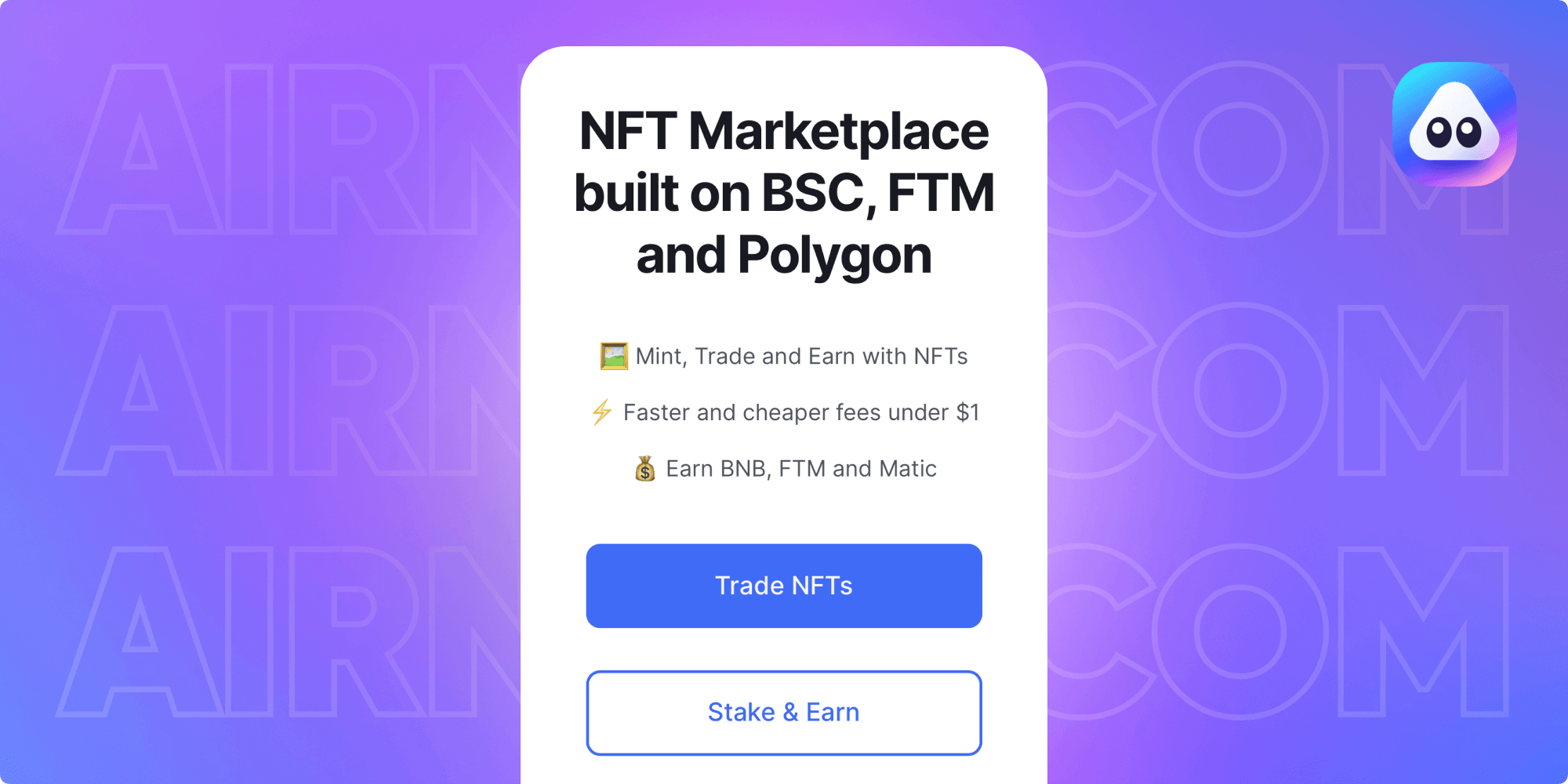
2. Select the on “Create” option.
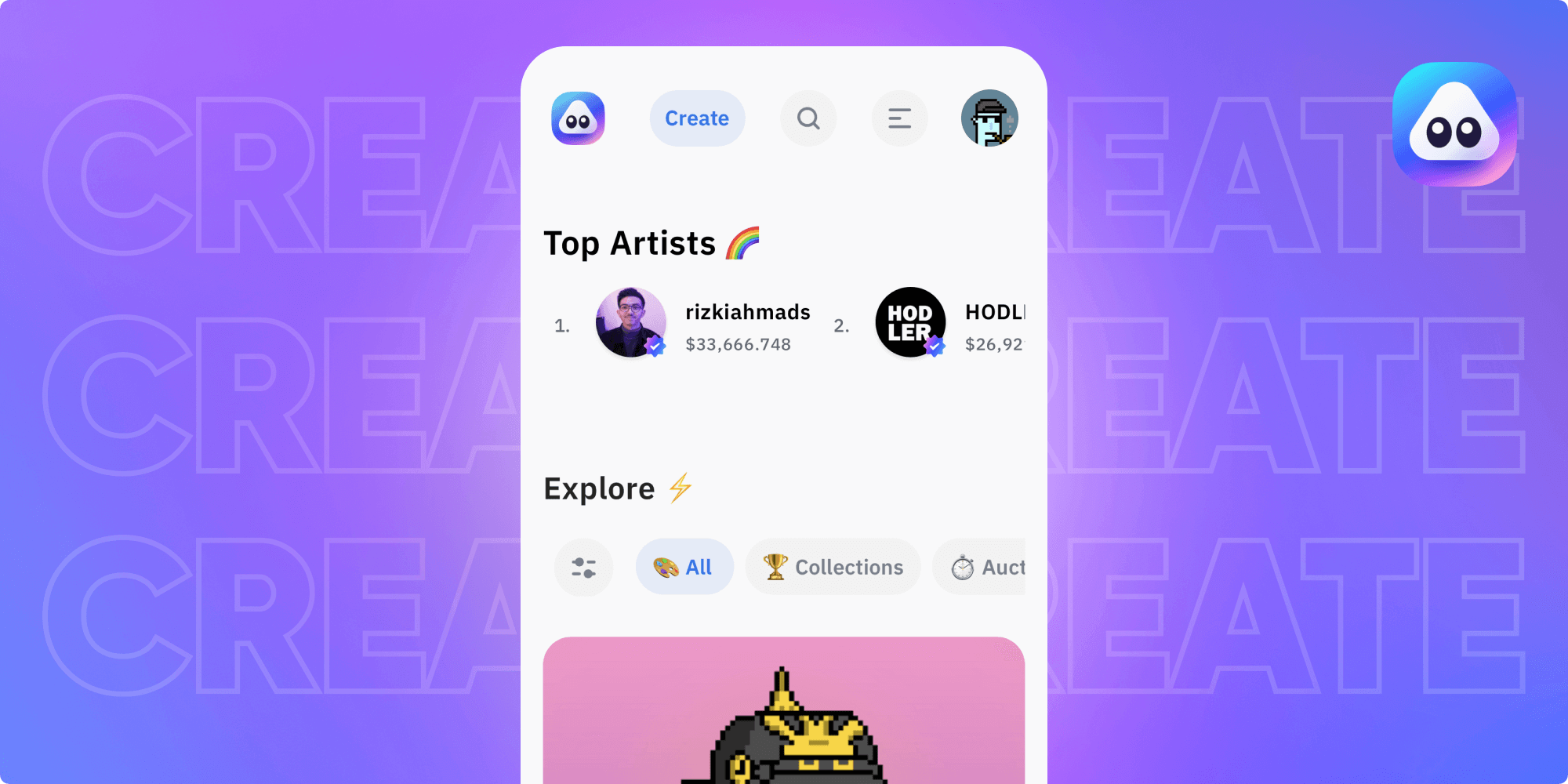
3. "Choose the file" you want to upload a
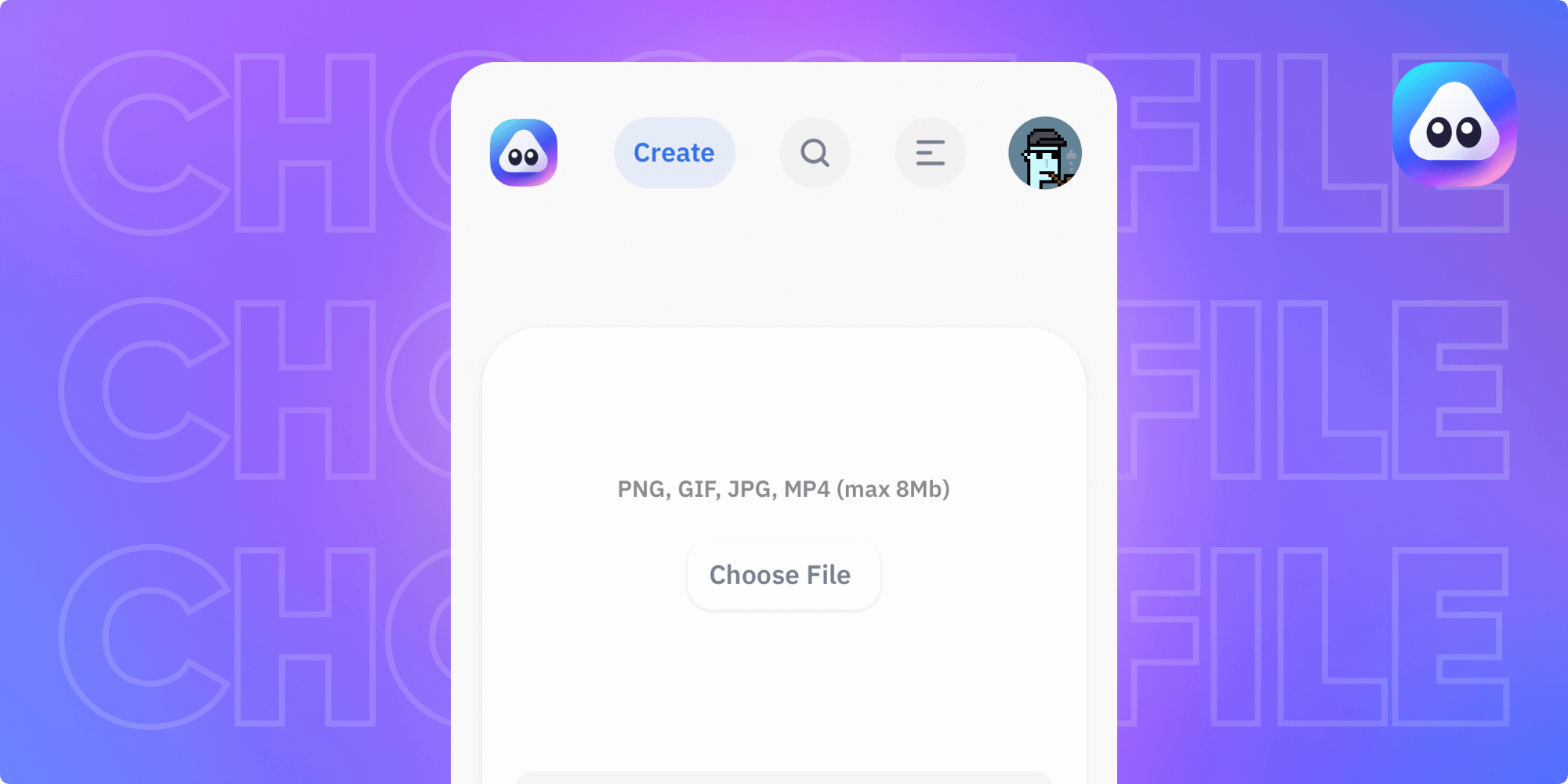
4. Select the appropriate "Blockchain."
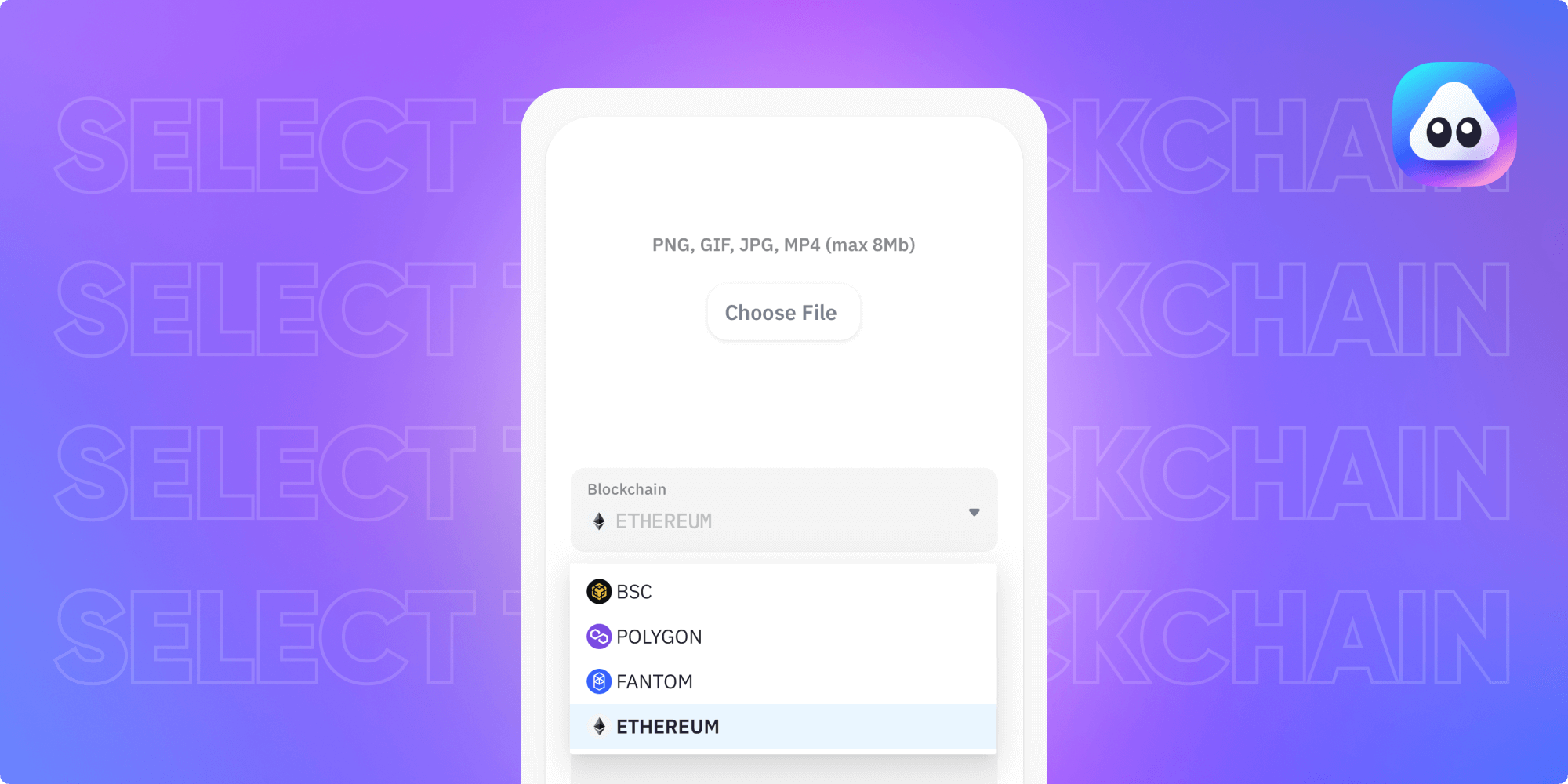
5. Add a catchy Title and provide a detailed description.
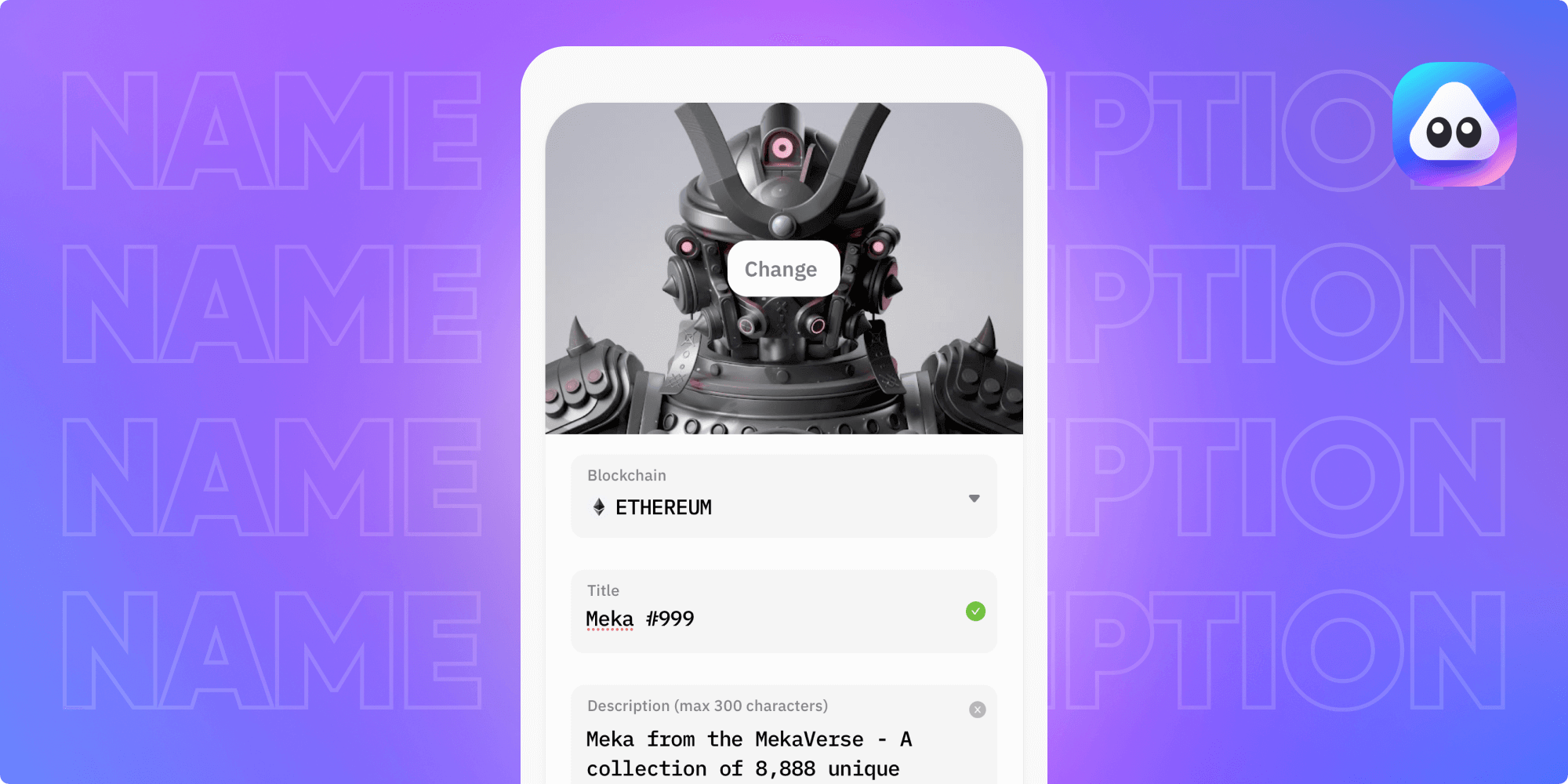
6. Set the price for your NFT, considering the current market trends and the value you believe it holds, the platform automatically shows the current USD equivalent.
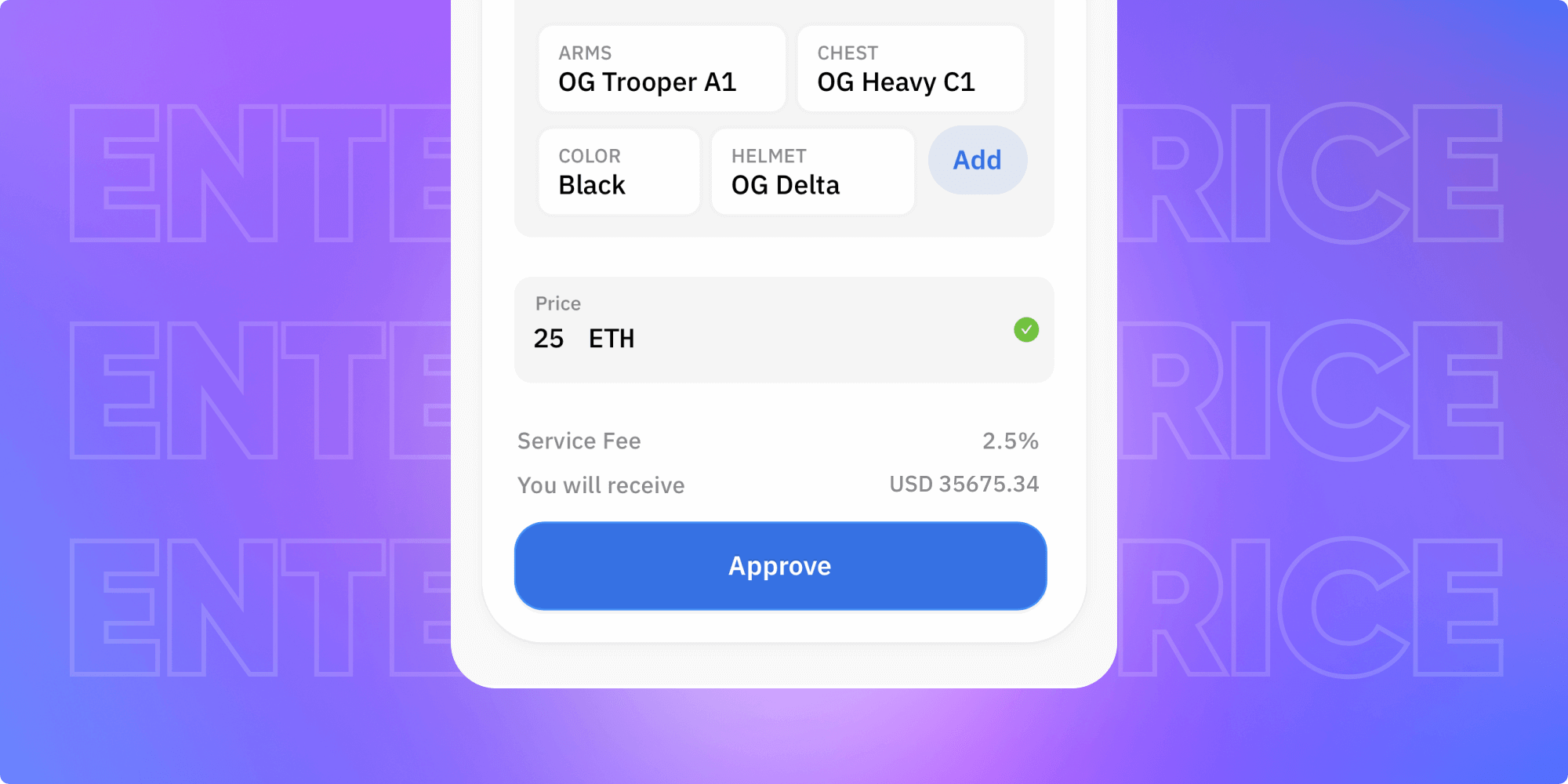
7. Click "Approve," pay the storage fee (consider optimizing your image size using tinypng.com), and select "Create" to mint your NFT.
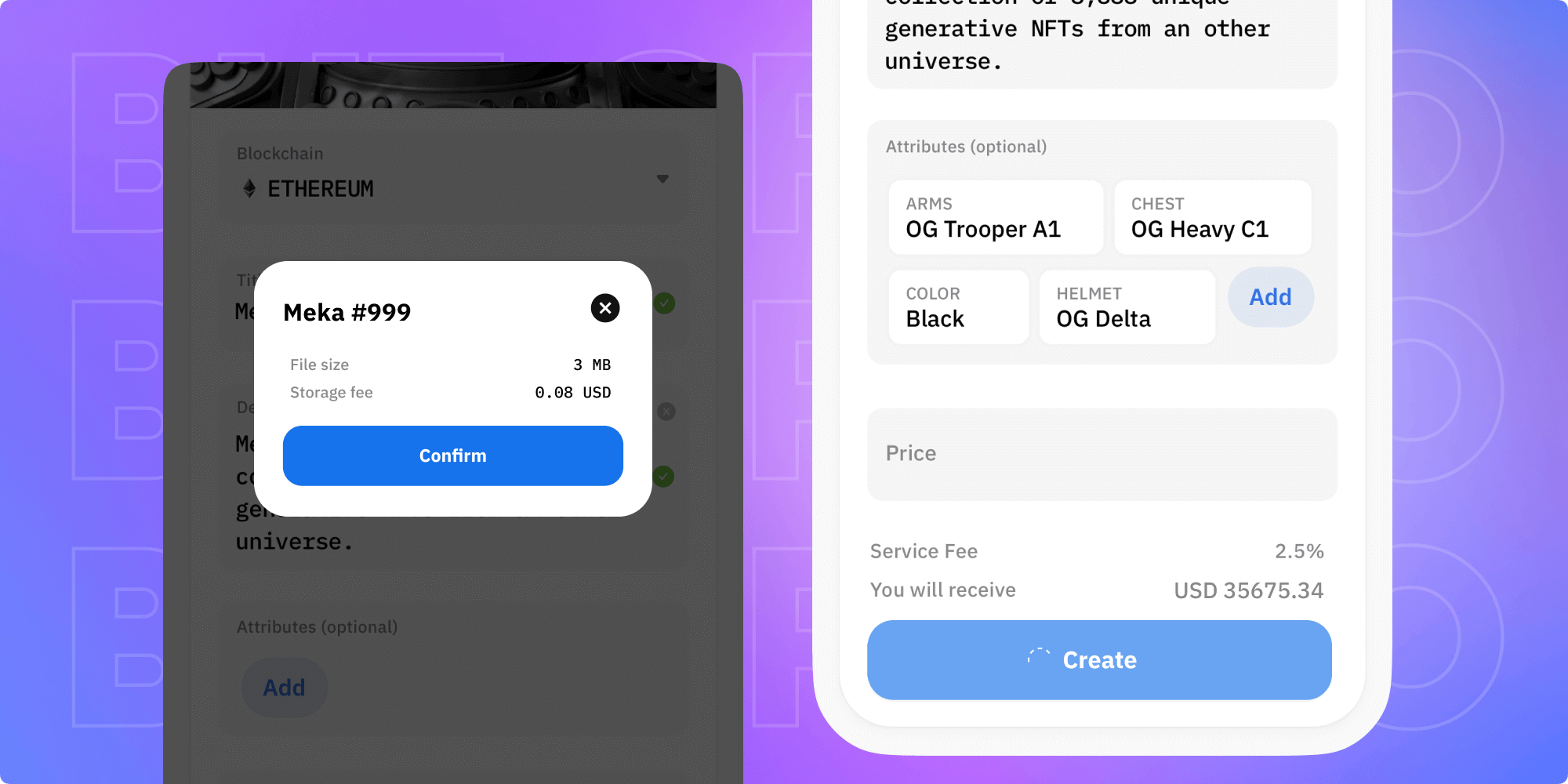
After completing these steps, your file will upload, and your NFT will be created and listed for sale on the blockchain of your choice.
Understanding Costs and Fees
When selling an NFT, knowing the costs and fees is essential. Here are some key points to consider:
-
Platform Fees: Most NFT marketplaces charge a fee for each transaction or sale made on their platform. For example, Binance charges a 1% platform fee, while OpenSea has a flat fee of 2.5% of the sale price. It's essential to review the fee structures of the platform you choose to understand how much you'll be charged.
-
Royalty Fees: As an NFT creator, you can include a royalty fee in your NFT. This means you'll earn a percentage of each subsequent sale of your NFT. Royalty fees can range from 5% to 10% or more, providing a continuous revenue stream for creators when their NFTs are resold.
-
Gas Fees: Gas fees are transaction fees paid on blockchain networks to process and validate transactions. Each blockchain has its own gas fee structure, and the fees can vary based on network congestion and the complexity of the transaction. Gas fees are typically paid in cryptocurrency, such as Ethereum's gas fees paid in ETH. It's important to factor in gas fees when pricing your NFT and consider the current gas fee rates.
-
Marketing and Promotion Costs: While not directly associated with NFT platforms, marketing, and promotion play a crucial role in attracting buyers to your NFT. Consider allocating a budget for marketing efforts, such as social media campaigns, collaborations with influencers, or utilizing NFT-specific marketing services.
-
Storage Costs: Some platforms may charge storage fees for hosting your NFT files on their servers. It's essential to understand if any storage fees apply and factor them into your overall costs.
Now that you're equipped with the knowledge of costs and fees, you can make informed decisions when creating and selling your NFTs.
Can I Create an NFT for free?
Yes, creating an NFT for free on certain platforms is possible. Many NFT marketplaces offer a concept called "lazy minting," which allows creators to mint NFTs without upfront costs. The fees are deferred until the NFT is sold on the marketplace. However, it's important to note that transaction fees, such as gas fees, may still apply when selling or transferring the NFT on the blockchain.
Exploring different platforms and their minting options is recommended to find the best fit for your budget and requirements.
How do I convert an image to NFT?
Converting an image into an NFT is a straightforward process. Here's a summary of the steps involved:
- Choose an NFT platform that supports image formats such as JPEG, PNG, or GIF.
- Create an account and set up your digital wallet.
- Upload the image file to the platform.
- Provide details about the image, including title, description, and additional attributes.
- Set a price for your NFT or choose an auction format.
- Confirm and mint the NFT.
- The platform will guide you through the process, and once the minting is complete, your image will be transformed into a unique NFT.
Closing Thoughts
Creating and selling NFTs can be an exciting and potentially lucrative venture. By following the steps outlined in this guide, you're well on your way to creating an NFT that stands out in the market. Remember to prioritize quality, engage with the NFT community, and choose the right platform for your needs. With careful planning and strategic decision-making, you can start earning with your own NFTs today.
